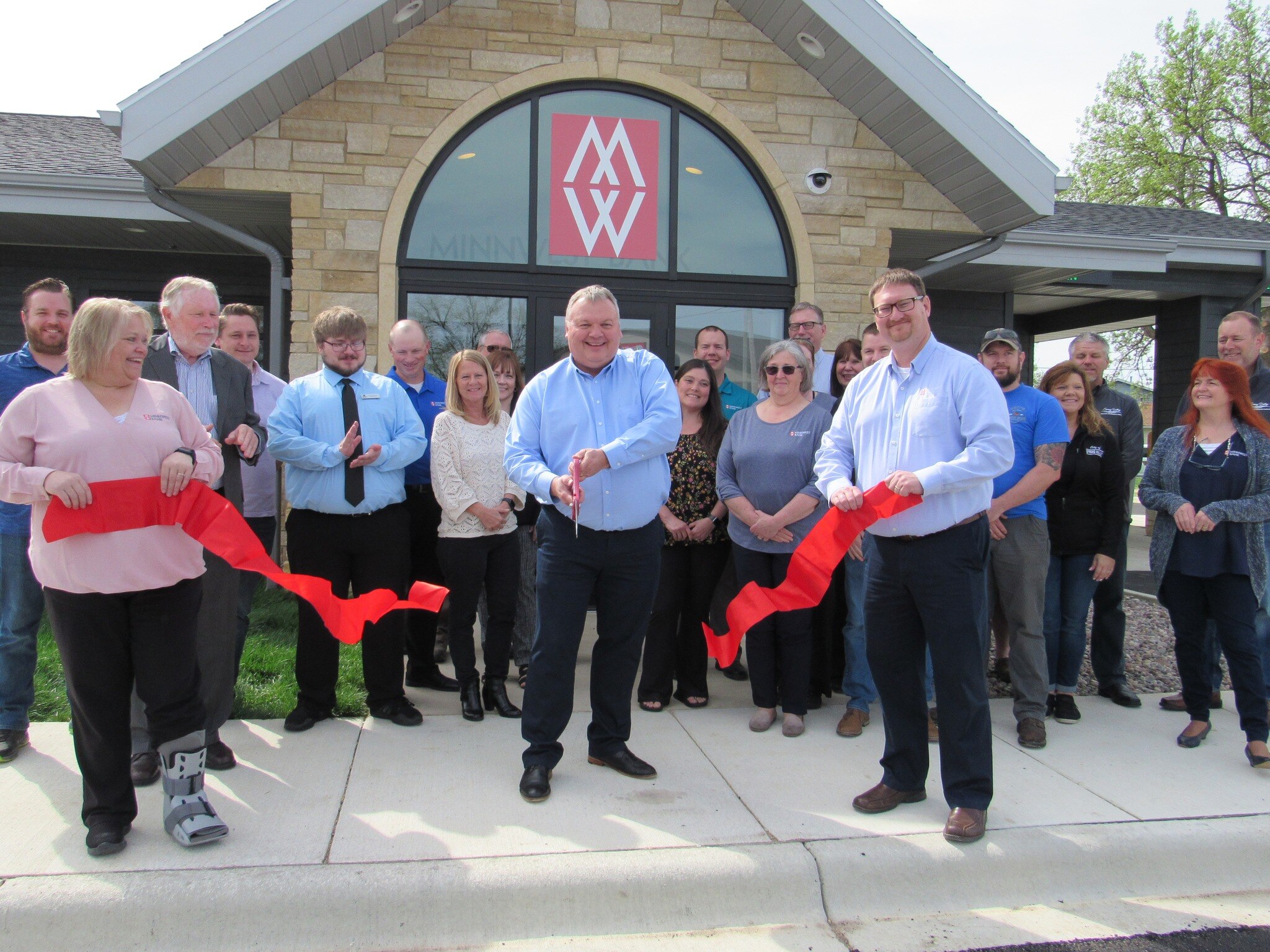Small business owners across Minnesota are facing a wave of new HR and benefits mandates, and now is the time to prepare to ensure smooth adaptation. With deadlines fast approaching in 2025 and full implementation beginning in 2026, two major changes, including the Minnesota Paid Family and Medical Leave and the MN Secure Choice Retirement Programs are set to impact how businesses support employees and stay compliant with state and federal law.
Here's what you need to know, and how you can get ahead.
Minnesota Paid Family and Medical Leave (PFML): what it means for businesses:
Minnesota’s PFML program, passed in 2023 and going into effect on January 1, 2026, will provide eligible employees with up to 20 weeks of paid leave annually for qualifying medical or family needs. This includes up to 12 weeks for personal medical leave and up to 12 weeks for family-related leave.
Key employer responsibilities:
- Payroll contributions begin January 1, 2026, funded by a 0.88% tax split between employers and employees (subject to the Social Security wage cap)
- Employers must submit quarterly wage reports beginning October 31, 2024, even if employees don’t use the benefit.
- Employee notices must be provided by December 1, 2025.
- Updated leave policies must be in place by January 2026 to prevent conflicts and ensure compliance with regulations.
- For the most up to date information, please visit the MN Paid Leave Resources page for employers here.
Who’s covered by PFML?
All Minnesota employers, regardless of size, must participate. Workers are eligible if they earn at least 5.3% of the state’s average annual wage (around $3,500) in the prior year.
What you should do now:
- Start coordinating existing policies like PTO, short-term disability, and FMLA to avoid leave-stacking or double benefits coverage.
- Evaluate scheduling flexibility and prepare for intermittent leave usage, which can introduce new operational challenges.
- Update your payroll systems and train managers on compliance, eligibility, and documentation requirements.
Each of these actions can help ensure a smooth transition, ensuring your employees are supported and your business is prepared to comply with updated regulations. Consult your Human Resources team and your Tax Advisors to ensure you’re thinking through your plan for implementation.
MN Secure Choice Retirement Program mandate: offering a plan is no longer optional
Starting January 1, 2026, Minnesota businesses with five or more W-2 employees aged 18+ will be required to offer access to a retirement savings plan. While employers are not required to contribute, they must facilitate employee enrollment or face potential penalties and audits.
State option: MN Secure Choice
- Offers traditional and Roth IRA plans
- Employees contribute through payroll deductions
- No direct cost to employers, but administrative work falls entirely on the business
- Estimated 7 hours/week of admin time, including managing contributions, updating employee records, and reporting
Private option: 401(k)
- Offers higher contribution limits (up to $23,500, plus $7,500 catch-up for those 50+ years of age in 2024)
- Comes with potential tax credits of up to $16,500
- Employers can choose to work with third-party administrators to manage compliance
- Costs typically range from $280 - $750/month, but credits may reduce the net cost to near zero for smaller businesses
Businesses can also consider outsourcing this management to vendor-integrated solutions, which can streamline the process for your business. The right solution will look different depending on the structure of your business – be sure to do your research and find the solution that works best for your needs.
Why these matter
Ignoring these mandates could expose your business to civil fines, lawsuits, and potential loss of employee trust. But preparing now positions your business not only for compliance, but for long-term success.
Investing in employee benefits like paid leave and retirement doesn’t just help you meet legal requirements but also helps you attract and retain top talent in an increasingly competitive labor market.
Action plan for 2025:
- Assess your current HR and benefits policies
- Work with your CPA or advisor to compare retirement plan options
- Update your payroll systems to accommodate new tax deductions
- Communicate changes to your team early and often
- Train managers and HR staff on PFML and retirement plan obligations
- Sign-up to receive email updates on MN PFML here
- Review all policy changes with your trusted legal advisors to ensure compliance
While there’s still a few months until 2026, your planning window is getting narrower. By getting ahead now, you’ll avoid last-minute scrambling and help foster a better workplace for you and your team.

.jpg)
